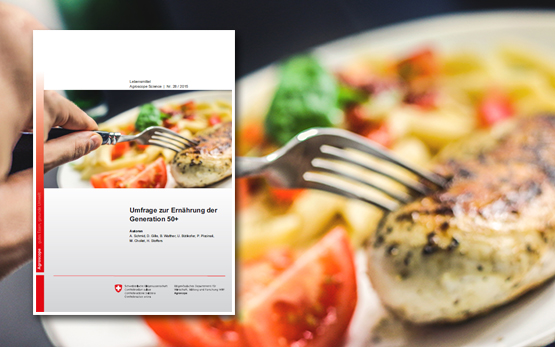Robust laboratory-based guidelines for acute oral toxicity testing in solitary bee species are urgently needed to assess the risks of plant protection products and their active ingredients. Current attempts to develop such an interlaboratory testing system, for instance for the genus Osmia, are currently inadequate and face numerous obstalces. A major concerning being inadequate feeding methods. Thus, unlike the acute oral test systems for honey bees (OECD Guideline 213) and for bumblebees (OECD Guideline 247), there is still a lack of a guidance document for solitary bees. Here, we propose a novel testing system for an acute oral toxicity test using the model organism Osmia bicornis. To both improve feeding success and ensure that bees ingest the desired amounts of sucrose solution within a short period of time (e.g., within 4 hours), we tested a novel cage design and feeding device and subjected bees to a training period prior to testing to increase feeding success. Compared to Nicot cages, the use of our novel transparent cages that had an increased volume and pipette tips as feeding devices greatly improved acute oral dosing and reduced evaporation of the test substance. Furthermore, control mortality in the control group was low (11.8%), monitoring of bee bahavoiur and handling was simplified which reduced stress on bees as well as decreased labor. Ultimately, our novel method appears a promising approach for testing acute oral toxicity in solitary bees, yet additional studies are required to confirm our findings.






